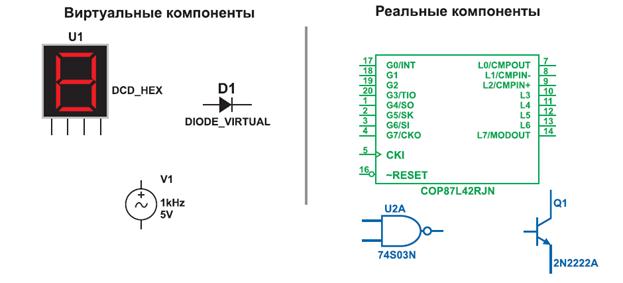Linguo-Cognitive Model of Communication.
Statics and dynamics in language history. English morphology in dynamics (OE, ME, E New English). Morphology is the subdivision of grammar that deals with the internal structure of words. Many words can be subdivided into smaller meaningful units called morphemes. The morphology of Old English is quite different from that of Modern English, predominantly by being much more highly inflected. As an old Germanic language, Old English's morphological system is similar to that of the hypothetical Proto-Germanic reconstruction, retaining many of the inflections theorized to have been common in Proto-Indo-European and also including characteristically Germanic constructions such as umlaut. Among living languages, Old English morphology most closely resembles that of modern Icelandic, which is among the most conservative of the Germanic languages; to a lesser extent, the Old English inflectional system is similar to that of modern High German. Verbs in Old English are divided into strong or weak verbs. Strong verbs indicate tense by a change in the quality of a vowel, while weak verbs indicate tense by the addition of an ending. Old English nouns were declined – that is, the ending of the noun changed to reflect its function in the sentence. There were five major cases: nominative, genitive, dative, accusative, and instrumental. Most pronouns are declined by number, case and gender; in the plural form most pronouns have only one form for all genders. Additionally, Old English pronouns reserve the dual form (which is specifically for talking about groups of two things, for example "we two" or "you two" or "they two"). These were uncommon even then, but remained in use throughout the period.
|




